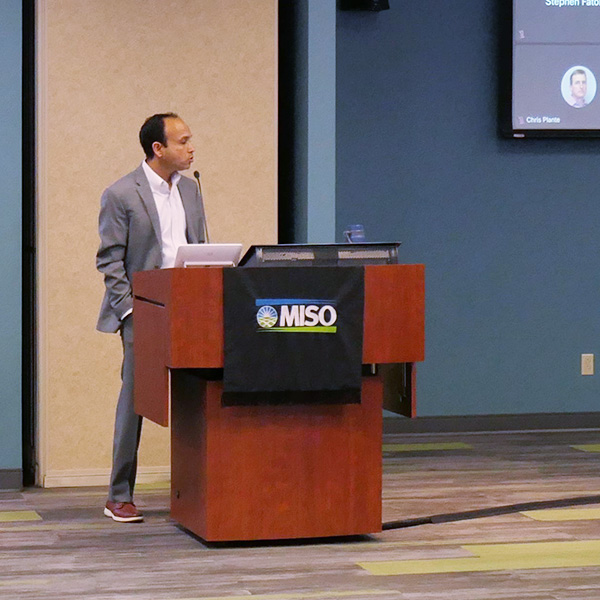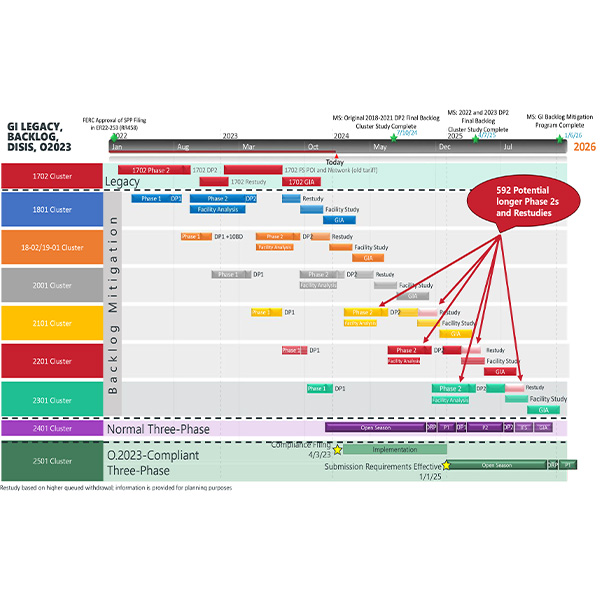resource adequacy (RA)
SPP’s Markets and Operations Policy Committee endorsed recommended revision requests from two stakeholder groups as part of the RTO’s effort to strengthen resource adequacy.
SPP’s Board of Directors and its members have approved the initial tariff for its Markets+ service offering in the Western Interconnection, clearing the way for its filing at FERC.
CPS Energy notified ERCOT it plans to “indefinitely suspend operations” at three aging gas-fired units in 2025, further reducing the Texas grid’s thermal capacity.
MISO is determined to file with FERC by the end of March to introduce a probabilistic capacity accreditation that’s controversial among its stakeholders.
SPP’s Resource and Energy Leadership Team marked the one-year anniversary of its formation with yet another discussion of resource adequacy issues and the various metrics used to determine a reliability standard.
In an interview, CAISO CEO Elliot Mainzer touted the importance of interregional coordination — and a single Western market — to meet state policy and reliability goals.
SPP senior management rolled out its top 2024 corporate goals for its Board of Directors and stakeholders, cautioning they don’t reflect all the important work the grid operator will take on this year.
SPP state regulators filled a leadership vacancy within the Regional State Committee by approving Oklahoma Corporation Commission Chair Todd Hiett as its vice president.
PJM and stakeholders spent much of 2023 debating how to position the RTO's markets to be prepared for future severe weather and maintain the balance between retiring fossil generation and renewable development.
CAISO and its stakeholders are still in the early stages of grappling with how to redesign the ISO’s resource adequacy program to account for rapidly changing conditions on the grid.
Want more? Advanced Search









